In today’s fast-paced world, the desire for companionship often competes with the demands of a busy schedule. Balancing work, personal life, and the needs of a high-maintenance pet can be a challenging juggling act. That’s where low-maintenance pets come into the picture — they offer the joy and companionship of a pet without requiring a significant time investment. This article is designed for the bustling individual who longs for a pet but is constrained by time.

We’ll explore a range of animals that provide the warmth and satisfaction of pet ownership with minimal demands on your daily routine. From the tranquil presence of fish to the quiet companionship of small mammals, and the unique allure of reptiles, we’ve got you covered. Whether you’re living in a compact city apartment or simply have a packed schedule, there’s a low-maintenance pet out there that’s perfect for you. So, let’s dive into the world of easy-care companions and find your ideal match!
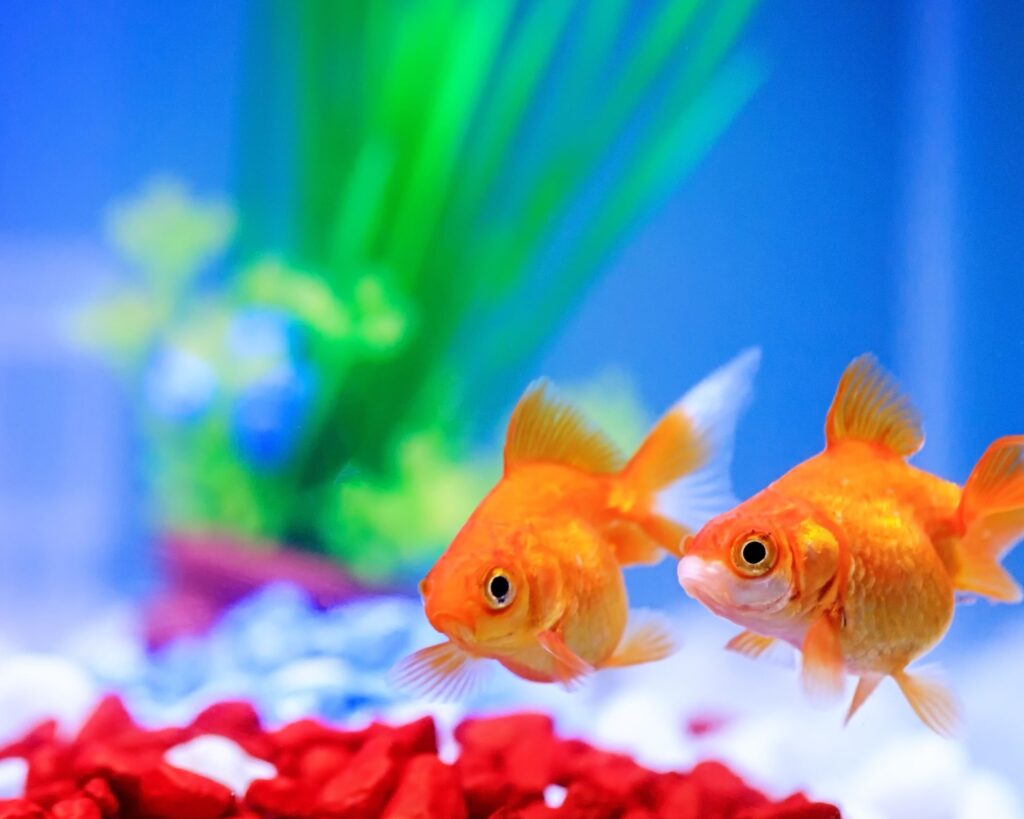
Fish: Serene and Simple Companions
Fish are often the go-to choice for a low-maintenance pet, and it’s easy to see why. They bring a piece of nature into your home, and watching them glide serenely through the water can be a calming, almost meditative experience. Perfect for busy owners, fish don’t require daily walks or constant attention, and their upkeep can seamlessly integrate into even the most hectic schedules.
- Choosing the Right Fish: Not all fish are created equal when it comes to care needs. Species like bettas, guppies, and goldfish are popular for their hardiness and simple requirements. These fish can thrive in smaller tanks and don’t need complex filtration systems, making them ideal for beginners or those short on space.
- Setting Up the Tank: A well-set-up tank is crucial for your fish’s health and happiness. While the initial setup requires some effort, the ongoing maintenance is relatively straightforward. Invest in a good-quality tank, a simple filter, and perhaps a heater, depending on the species. Remember, a larger tank can actually be easier to maintain than a tiny one, as it’s less susceptible to rapid changes in water quality.
- The Joy of Aquariums: Besides being low-maintenance, aquariums add a unique aesthetic element to your living space. The gentle bubbling of the filter, the soft lighting, and the graceful movements of the fish create a living art piece that’s continually evolving.
- Routine Care: Regular feeding, occasional water changes, and monitoring the health of your fish are the primary tasks. Many fish require feeding only once or twice a day, and modern aquariums can be equipped with automatic feeders for added convenience. Water changes, a key part of fish care, can become a quick and routine task once you’re familiar with the process.
- A Quiet Companion: Fish won’t greet you at the door or curl up on your lap, but they offer a different kind of companionship. They provide a peaceful presence in your home, a quiet reminder of the beauty and simplicity of nature.
Fishkeeping is an enriching experience that fits effortlessly into a busy lifestyle. It offers the pleasure of pet ownership with a manageable commitment, making it a perfect choice for those with limited time but an abundance of love to give.
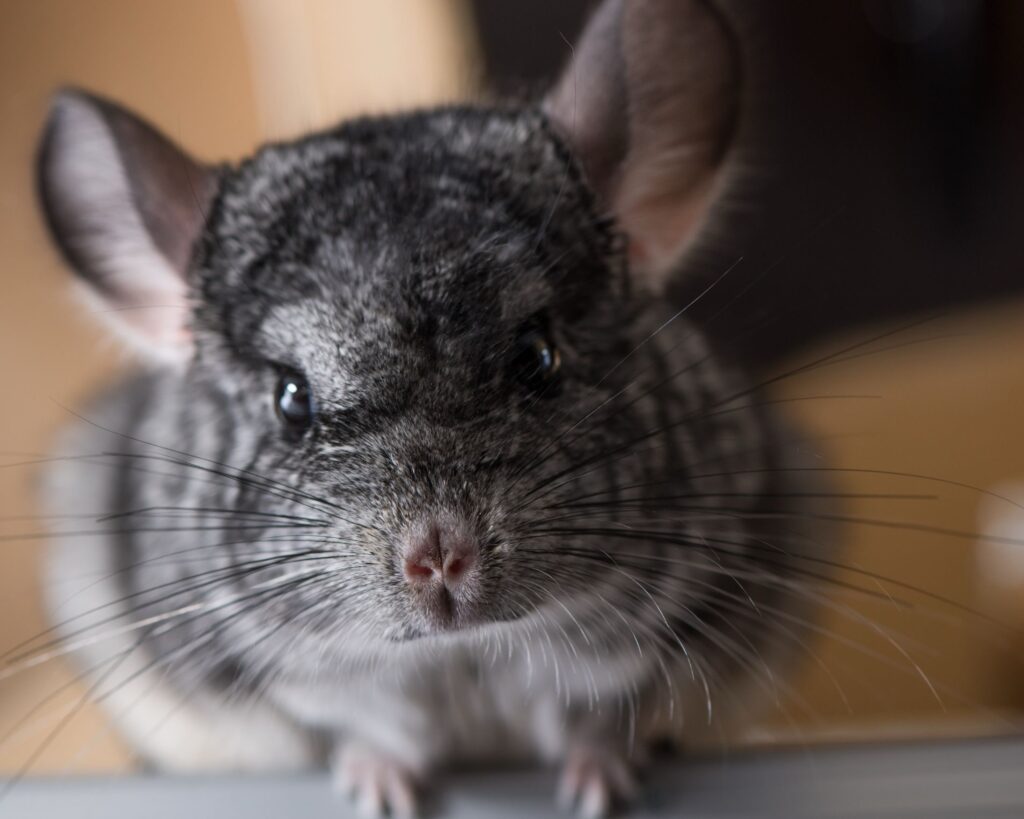
Small Mammals: Compact and Cuddly Choices
Small mammals can be a delightful addition to your life, offering the cuddliness and interactive experience many seek in a pet, with a maintenance level that won’t overwhelm your schedule. These little creatures, including hamsters, guinea pigs, and rabbits, are known for their endearing personalities and manageable care routines.
- Choosing Your Small Mammal: When selecting a small mammal, consider factors like lifespan, social needs, and daily care routines. For instance, hamsters are nocturnal and mostly solitary, making them great for people who are out during the day. Guinea pigs, on the other hand, are social and thrive with companionship, either from another guinea pig or their human family.
- Housing and Habitat: Setting up a comfortable habitat is crucial. Most small mammals require a cage or enclosure that provides enough space for movement and play. Include bedding material, a hiding spot, and toys for enrichment. Remember, while their space may be contained, it should never be cramped.
- Feeding and Care: These pets generally have simple diets consisting of commercially available pellets, fresh vegetables, and occasional treats. Fresh water, daily feeding, and regular cage cleaning are the main components of their care. Although it requires some commitment, the routine is straightforward and can be quickly incorporated into your daily schedule.
- Health and Wellness: Regular health checks are important. While small mammals don’t usually require vaccinations like cats or dogs, they still need occasional check-ups with a veterinarian, especially if they show signs of illness.
- The Joy of Interaction: Despite their small size, these pets can be quite interactive. They can recognize their owners, respond to their names, and in some cases, can be trained to do simple tricks. The bond you can form with these small creatures is both rewarding and heartwarming.
Small mammals are a great middle ground for those seeking a pet that’s more interactive than fish but less demanding than dogs or cats. They offer a blend of companionship and independence that’s perfect for the busy pet owner.

Reptiles: Unique and Low-Demand Pets
Reptiles are an intriguing option for a pet, combining unique appeal with surprisingly low maintenance requirements. From the stoic tortoise to the quietly observant snake, reptiles can be fascinating companions for the busy owner who appreciates a pet with a difference.
- Variety of Choices: The world of reptiles is vast, with species ranging from the easy-to-care-for leopard gecko to the more exotic bearded dragon. When selecting a reptile, consider factors like size, habitat needs, and lifespan. Tortoises, for example, are known for their longevity, while certain snake species are appreciated for their low space requirements.
- Setting Up the Habitat: A well-structured habitat is essential for your reptile’s health. This includes a tank or terrarium with the appropriate heating, lighting, and humidity levels. Once set up, these environments typically require only periodic maintenance, making them well-suited for people with limited time.
- Feeding Routines: One of the most appealing aspects of reptile care is their feeding routine. Many reptiles, like snakes, have infrequent feeding schedules, sometimes eating only once every week or two. This makes them an ideal choice for individuals who cannot commit to daily feeding.
- Handling and Interaction: While reptiles may not offer the same kind of interaction as mammals, many can still form a bond with their owners. Handling should be done with care and respect for the animal’s comfort level. Some species are more tolerant of handling than others, so it’s important to understand the temperament of your chosen reptile.
- Minimal Social Needs: Unlike dogs or cats, reptiles don’t require social interaction for their well-being. This independence is a major plus for busy individuals. While they may not crave attention, providing them with a safe, comfortable environment is crucial for their health and happiness.
Reptiles offer a unique pet-keeping experience, combining the fascination of exotic animals with the practicality of low-maintenance care. They’re perfect for those who admire the beauty and intrigue of these creatures but have limited time for daily pet care.
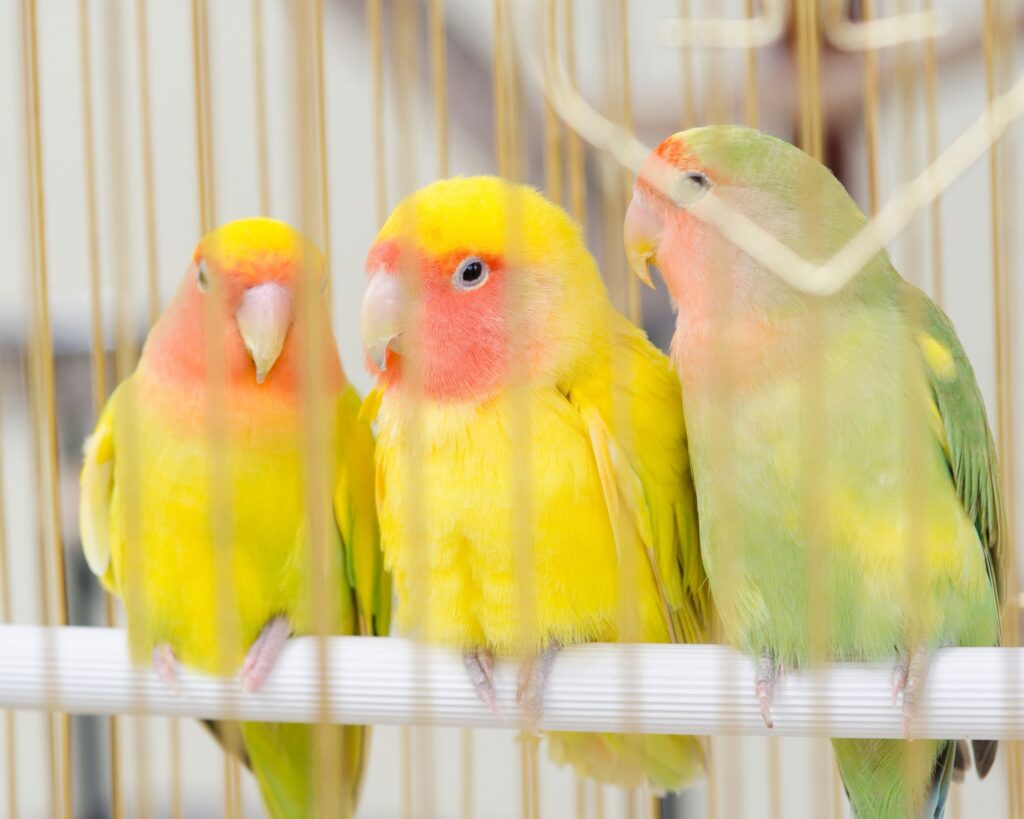
Birds: Feathered Friends with Easy Care
Birds, with their vibrant colors and melodious songs, can be wonderful pets for those seeking a low-maintenance yet interactive companion. Among the various species, some like canaries or finches are particularly well-suited for busy owners, offering the joy of pet ownership without a demanding care routine.
- Choosing the Right Bird: Not all birds require the same level of care. Species like canaries, finches, and budgies are known for being relatively independent and easy to care for. They don’t need the constant social interaction that parrots or cockatoos might crave, making them ideal for people with less time.
- Setting Up a Comfortable Aviary: Your bird’s cage should be spacious enough for flight and exercise, equipped with perches, a water dish, and a feeding area. While the initial setup requires some thought, the ongoing maintenance is fairly simple, mainly involving regular cleaning and ensuring the birds have fresh water and food.
- Diet and Nutrition: These birds thrive on a diet of quality birdseed, supplemented with occasional fresh fruits or vegetables. Unlike larger pets, their feeding requirements are modest, and many bird owners appreciate the ease of feeding these feathered friends.
- Enjoying Their Company: Birds like canaries and finches are known for their pleasant chirping and singing. They can be a source of relaxation and joy, brightening your home with their lively sounds and colorful presence.
- Health and Well-being: While generally low-maintenance, it’s important to be aware of the health of your birds. Keeping the cage clean, providing a balanced diet, and watching for any signs of illness are essential aspects of bird care.
Birds can bring a unique form of companionship into your life. Their minimal care requirements, coupled with the beauty and tranquility they offer, make them a fantastic choice for busy individuals looking for a pet that’s easy to care for but also engaging and delightful.
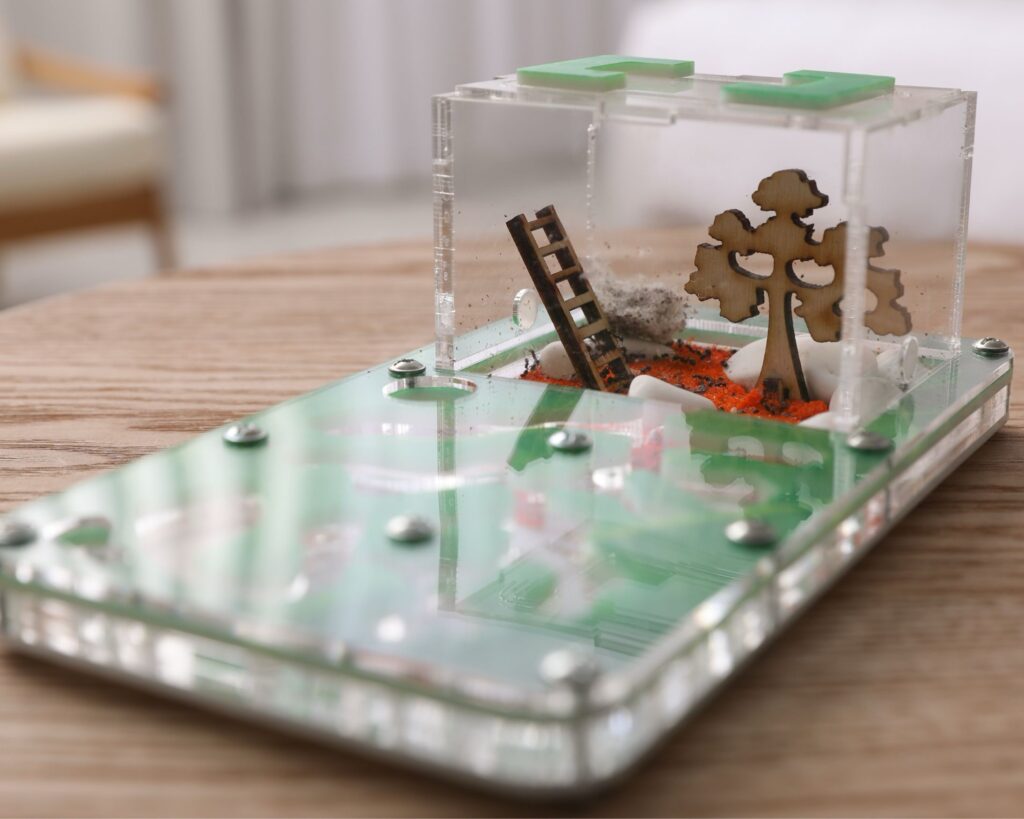
Insects and Arachnids: Fascinating and Effortless to Keep
For those seeking an unconventional pet that requires minimal care, insects and arachnids present an intriguing option. From the architectural marvels of ant farms to the calm presence of a tarantula, these creatures offer a unique window into the natural world, all while demanding very little from their human caretakers.
- A World of Options: The variety of insects and arachnids suitable as pets is vast. Ant farms, stick insects, and certain species of tarantulas are popular for their low maintenance needs. These pets can provide an educational and fascinating experience, especially for those interested in observing natural behaviors and habitats.
- Setting Up Their Habitat: Creating a suitable habitat is the first step. Most insects and arachnids require a terrarium or similar enclosure that replicates their natural environment. Once set up, these habitats often require little more than occasional cleaning and monitoring.
- Feeding and Care: Many of these creatures have simple feeding requirements. For instance, tarantulas may only need to be fed once a week, and their diet consists of easily obtainable items like insects. Ant farms can be particularly low-maintenance, with the ants’ self-sufficient systems requiring minimal intervention.
- Observation Over Interaction: Unlike traditional pets, insects and arachnids are more for observation than interaction. Watching an ant colony navigate its day or a tarantula gracefully move around its enclosure can be surprisingly captivating and calming.
- Perfect for Small Spaces: These pets are ideal for those with limited living space. Their enclosures can often fit comfortably on a desk or shelf, making them suitable for apartments or small homes.
Insects and arachnids offer a unique pet-keeping experience that is both low-maintenance and highly rewarding in its own way. They are perfect for those who are fascinated by the smaller, often overlooked creatures of the animal kingdom and who appreciate a pet that thrives with minimal human interaction.
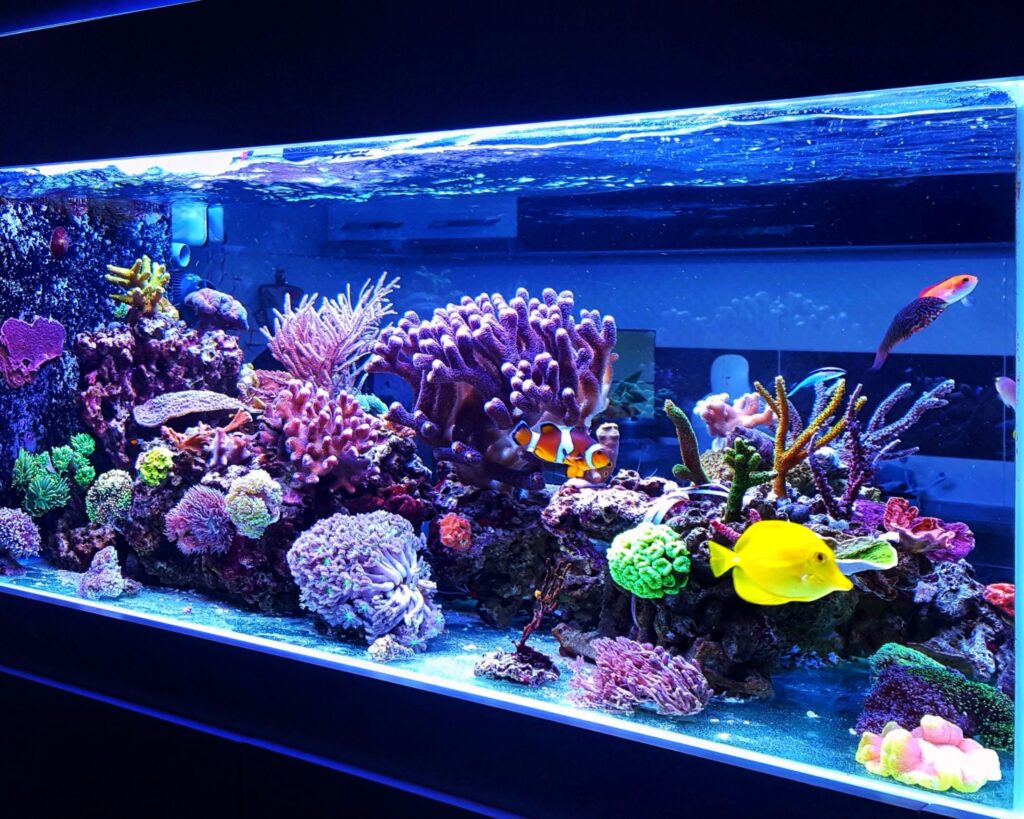
Choosing the Right Pet for Your Lifestyle
Selecting the right low-maintenance pet involves more than just considering the time you can commit. It’s about finding a companion that fits seamlessly into your lifestyle, living environment, and personal preferences. This section provides guidance to help you make an informed choice.
- Assess Your Living Space: The size and type of your living space play a crucial role in your choice. While fish and small reptiles can thrive in compact spaces, rabbits or larger bird species might require more room.
- Consider Allergies and Sensitivities: Some people may have allergies to fur, feathers, or even the substrate used in reptile terrariums. Ensure that your pet choice aligns with any health considerations.
- Think About Your Daily Routine: If your schedule is unpredictable, pets with more flexible care requirements, like fish or tarantulas, may be ideal. If you enjoy regular routines, a small mammal that thrives on daily interactions could be a perfect match.
- Reflect on Your Personal Interests: Your interest in the natural world can also guide your choice. If you’re fascinated by animal behavior, an ant farm or a small bird might be particularly rewarding. If you prefer a more hands-on pet, consider a guinea pig or a rabbit.
- Long-Term Commitment: Remember, pets are a long-term commitment. Consider the lifespan and long-term care requirements of your chosen pet to ensure you’re ready for the journey ahead.
By carefully considering these factors, you can find a low-maintenance pet that not only fits your busy lifestyle but also brings joy and companionship into your home.

Questions and Answers: Addressing Common Concerns!
As we wrap up our guide on low-maintenance pets for busy owners, here are some answers to frequently asked questions:
How do low-maintenance pets bond with their owners? Low-maintenance pets can indeed form bonds with their owners. Even though these pets don’t require constant interaction, many recognize and show affection towards their caregivers. Small mammals and birds are particularly known for their ability to bond with humans.
What factors should I consider when choosing a low-maintenance pet? Consider your living space, daily routine, and personal preferences. For example, if you travel frequently, fish or reptiles might be ideal. If you enjoy watching natural behaviors, an ant farm or tarantula could be fascinating. Assess your ability to provide the specific care each type of pet requires.
Are there low-maintenance pets that are good for children? Yes, certain low-maintenance pets like guinea pigs, hamsters, and some species of fish are great for children. They can teach kids about responsibility and care with a manageable level of commitment.
How do I ensure the well-being of a low-maintenance pet? Proper habitat, a suitable diet, and regular health checks are key. Even low-maintenance pets require a clean, safe environment and proper nutrition to thrive. Regular observation for any signs of distress or illness is also crucial.
Can low-maintenance pets be left alone for extended periods? While low-maintenance pets can be left alone longer than high-maintenance pets, they still require regular care. Fish tanks need monitoring and maintenance, and small mammals require daily feeding and interaction. If you plan to be away, arrangements for their care should be made.
Low-maintenance pets offer the joy and companionship of animal care without the extensive time commitment. From the serene presence of fish to the quiet companionship of reptiles, there’s a perfect pet for every busy individual. Remember, the key to a rewarding experience with any pet, regardless of its maintenance level, is responsible and loving care.
As an Amazon Associate we earn from qualifying purchases through some links in our articles.




